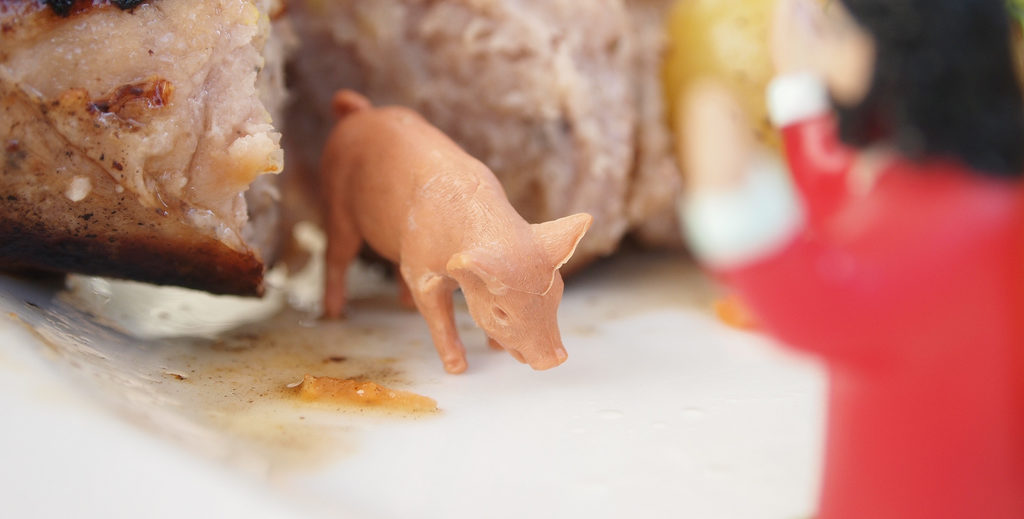Reporting back from Melinda Sundell in The Netherlands!
The energy at this conference is amazing and as a result I am continuing in the rebellious mode of studiously avoiding all of the presentations by my fellow agricultural economists and going for sessions where I am a complete novice, which are basically those sessions which have more to do with food than with agricultural production.
However, before I explain why pigs and insects will have a key role in feeding the 9 billion, I should mention that even my understanding of the discipline of economics has received a real wake-up call. Having gone to graduate school a long time ago (when dinosaurs roamed the earth) I assumed that we are still dealing with a discipline which divides analysis into Micro and Macro. Lo and behold, that dichotomy has been fractured into five levels and, instead of adding to the confusion, I now understand my own discipline better than I ever have. The five levels of analysis are:
- GIGA (global ecological economics à la planetary boundaries)
- MACRO (our usual level of national economics)
- MESO (environmental economics, more related to ecological systems than national economies)
- MICRO (production in the enterprise, the traditional domain of the ag. economist)
- PICO (behavioral economics, primarily consumer behavior)
All five of these analytical levels need to be involved in reaching global food security, but looking at it this way inspires optimism. We may be able to be relevant by integrating these levels.
Futuristic Farming Systems
If we think outside of the traditional farm enterprise, there are a number of surprisingly easy innovations going on in the world, and being developed, which will help us produce food more EFFICIENTLY at the same time as we achieve a number of laudable goals such as increasing nutrition and combating poverty.
I have always dismissed urban agriculture as not being a significant source of volumes of important foodstuffs, but laudable because it helps the urban population better understand how complicated growing food can be. Well, I may be wrong! Researchers from South Africa have shown that urban and peri-urban agriculture in poor households can get as much as one-third of their food requirements from these gardens. In addition, they tend to grow crops which are high in nutritional quality, perishable and relatively expensive, ie foods which they would not normally be able to consume. Many households were even able to generate income from selling their surplus.
Urban Agriculture is becoming an increasingly diverse concept. We were treated to an impressive display of high tech solutions: a 7 storey lettuce factory and growing chambers as part of a desk where you can grow your own lunch salad at the office!
The increasingly common promotion of insects to feed to world was present. My only reservation was the suggestion that protein supplementation could be done by “hiding” insect protein in processed foodstuffs. This might have a serious uphill battle dealing with food safety legislation.
In vitro meat cultivation is being touted as efficient resource use—even a non-agriculturalist can understand that it uses less land, although the real impact is on reducing the area under cultivation for animal feed. However, only growing the part we eat, not the entire animal, is in direct conflict with the “animal apologistes” of the first day. In addition to the nutritional benefits of meat consumption there are a number of benefits from having an animal, primarily as a producer of nutrients for crop production but also as a source of draft power, milk and hides. I am waiting to see these two schools of thought collide!
Last but definitely not least I will share with you one of the simplest and best ideas I have heard so far: Human Food Waste as Animal Feed or THINK PIG!
Academics have discovered what farmers have known for centuries: pigs are an efficient converter of food waste to meat and they also produce fertilizer!! The barriers to using this widely available source of pig feed is usually legislative in Europe and interesting work is being done on how to change these systems, in particular there is an EU funded Fusions Project, some of which is being carried out in Sweden at IVL. This may not be the silver bullet for Africa, however, where in many areas there is a traditional avoidance of raising pigs and eating pork.
